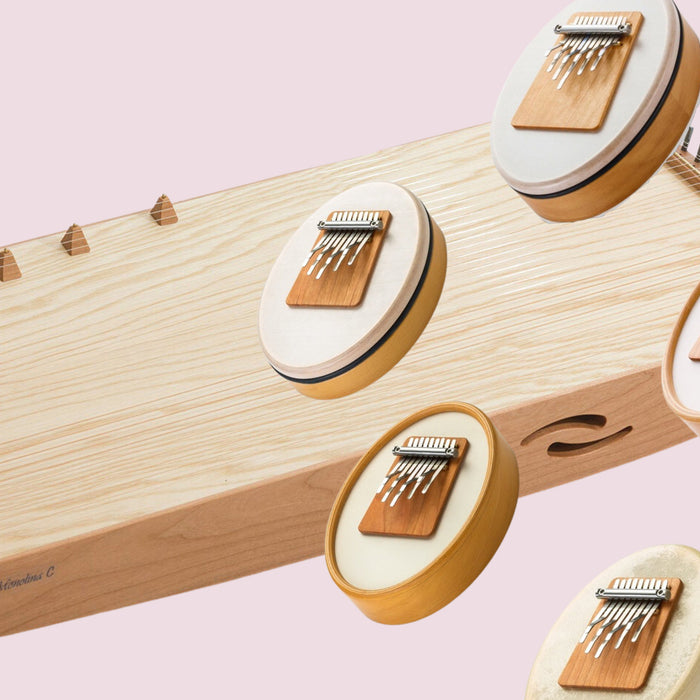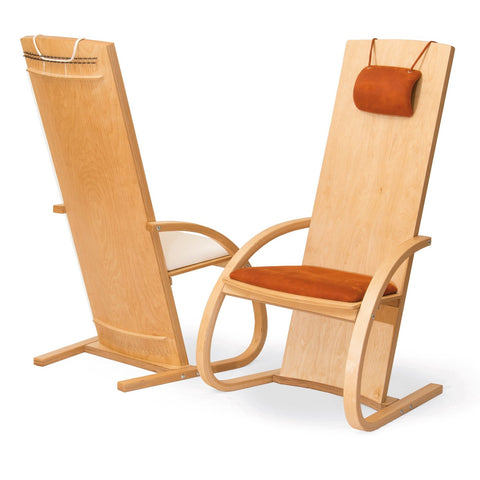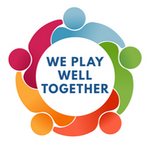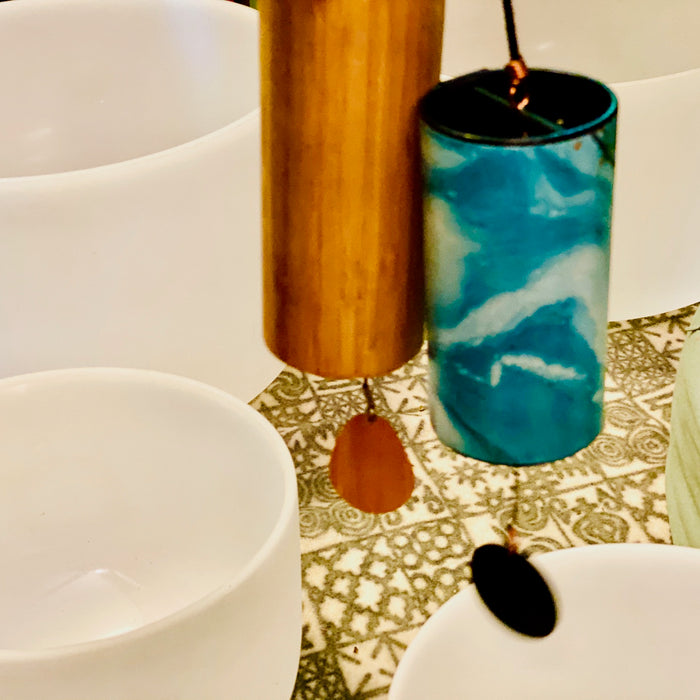

The Monochord Singing Chair: Resonance in Music Therapy, by: Joanne Loewy DA, LCAT, MT-BC, Louis Armstrong Center for Music and Medicine
The Vibrational Singing Chair from feeltone, has served as an important instrument to the patients we serve at The Louis Armstrong Center for Music and Medicine at Beth Israel Medical Center in our Music Therapy program.
I've appreciated that I have the ability to tune the strings and have used consonant intervals which have been made profound in octaves, fourths and fifths. Most often, I have tuned the chair strings in octaves.

How do we use the Monochord Chair in our Music Therapy program?
For several years, we kept the chair in our clinic and it served as a warmup for many patients and staff that entered the Center.
For doctors, nurses, and others, it was immediately an eye-catcher, because the wood is attractive and resembles nature. Posed in the corner reception area of the clinic, many would ask: “What is that chair?” As we described it as a “vibration chair, used for healing”, staff would ask: “May I try it out?”

For one nurse manager, the chair-try became a bit of a ritual. On stressful days, she would come to the Center and request that I work with her - which I was more than willing to do, stealing several ‘in-between’ patient moments for her. Her complaints were of head-pain “migraines.” I used the highest strings and lowest strings on an “ee” vowel breath release - tonal vocal holding, my voice blanketing her pain and slowing the rhythm down of the pulsating head pounds that she described.
There are numerous patients who have benefited from the breath glissando release sounds I use accompanied by the string glissando from low to high and then absorption… where the strings resonate and saturate through the warm wood into the body. In a general way, this warmup takes only about five minutes and creates “flow” and a sense of “homeostasis”, “self integration” or “synchrony between the body-mind-spirit” as one of my pianist musician players often says.
There are two patients who have particularly benefited from the vibration singing chair (also known as the monochord chai or MonChair.)
One was an opera singer who used the chair for neuropathic pain. Her pain was constant and she described it as “radiating from her neck to her fingers and toes.” At stressful times, the pain was so severe that she would come to our sessions with flat affect, and white coloring. Once she would remove her coat, tears would fill her eyes: “I am in horrible pain-ALL of the time.” The medication was not taking affect, and her hands were twitching and eyes were squinting.
For severe pain, the vibration chair has had a profound effect. Starting with low solo tones, and a ‘tighten and release’ muscle relaxation, which focuses on each part of the body, provides a means of access. Directing the tones then, from dissonant strings into consonant intervals, my method of tonal intervallic synthesis (Loewy, in press) is confirmed through the relief this singer describes.
We invoke an image of flow- often water, but sometimes the movement of a tightly wound ball of rubber bands (her image) each being cut away, toned interval by toned interval, to the soft, malleable sponge inside. This soft sponge is her core-and right in the chair then, we begin vocal warmups. Softly, smoothly and on long tones of supported vibrational air. And then she reports: “I am pain-free….I am ready to sing now….”

Surprisingly, a 9-year-old young man, who is on the autistic spectrum with pervasive developmental delays asked one day: “Can I sit in that chair?” “Why sure…” I replied.
He removed his shoes, knowingly (not sure how he knew) and closed his eyes. “I am breathing to the tones” he said. “I see” I replied.
“Imagine you are in your favorite place…” It became from that session on (about a year into our therapy), his favorite opening ritual. At first, many weeks were the same. “I am in the woods…” “I see grass…” “I see trees…” “I feel the wind…” We began to add nature’s sounding instruments which made subtle blends on the blanket of stringed tones. The remarkable part of this ritual were the adages each week. Sometimes there were journeys with animals, and at other times, there was sleep. Slide whistles were birds that blended his breathing with the strings. Once there was thunder with a small hand drum. About half of the time however, was sleep…not deep sleep, but what I perceived as a meditative state. I had not expected this from a 9-year-old, who was usually hard to keep still or induce into a comfort place. I had experienced him flitting from one activity to the next.
The monochord singing chair seemed to provide a place of comfort and trust, and most of all a place where the energy would sustain his body enough to evoke an explorative trusting way of being. From the meditations, our sessions would move into fully sustained interactive attention for the remaining minutes which lasted until we closed, a total of 30 minutes.
The effects of the singing chair were not in any way what I would have ever considered using for a child with PDD who had hyperactivity.
We have recently moved this amazing instrument to our in-patient hospital music room.
We are beginning to quantifiably and qualitatively measure its affect on pain and recovery. We are grateful that the monochord singing chair is so often a part of our treatment regimen and we look forward to collecting data on its use with patients of all ages who are experiencing severe pain.
____________________________________________________________

Our latest version of the singing chair is the Monchair, which can double up as a space saving office chair with multiple functions. (And it can be ordered with cushions in a variety of different colors to choose from!)


